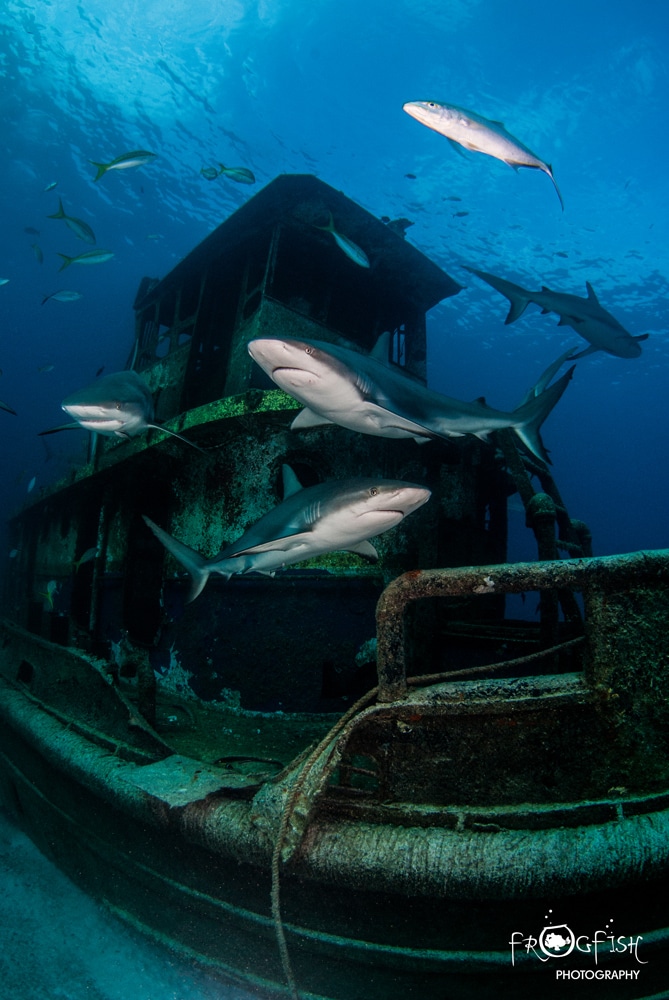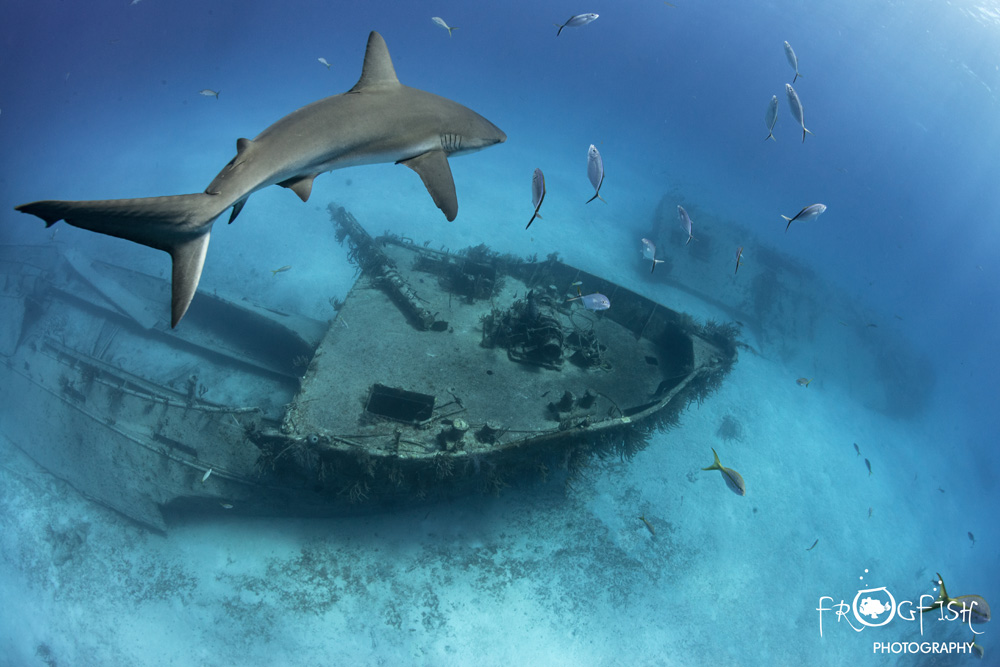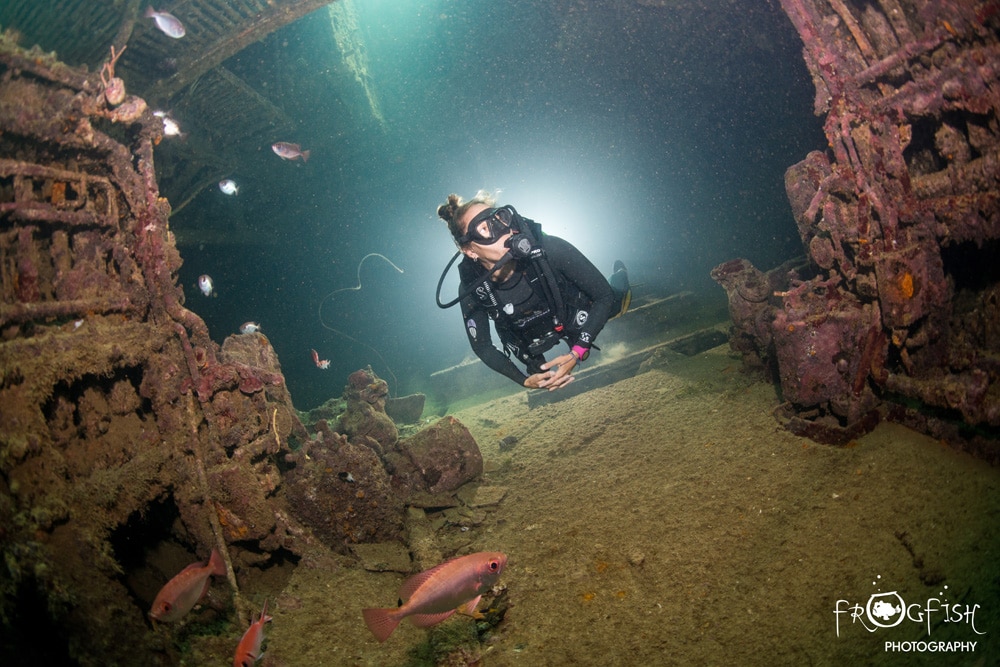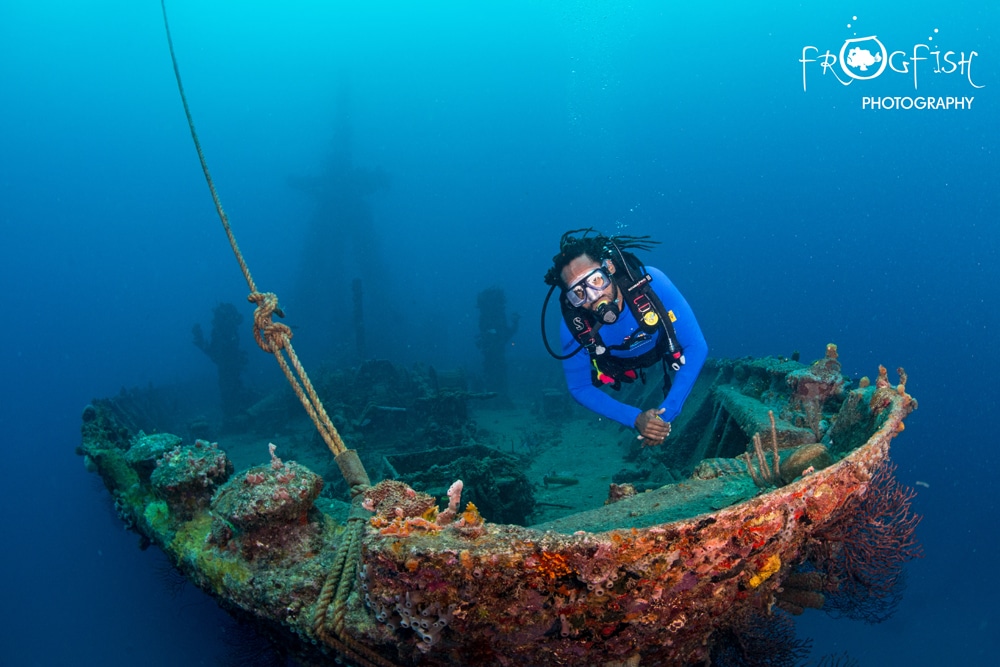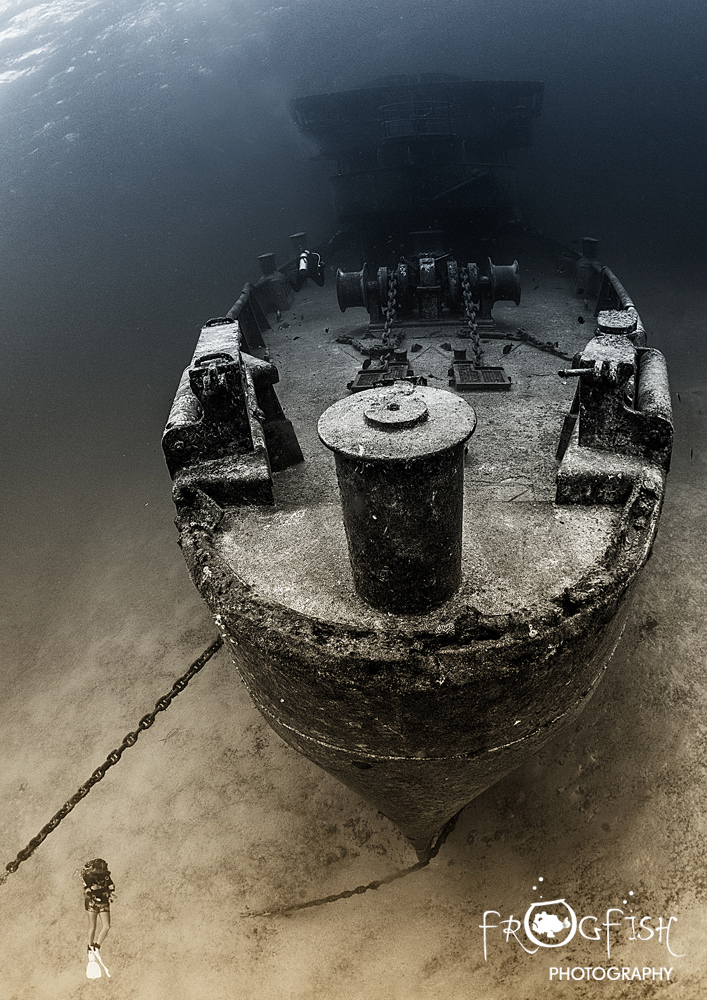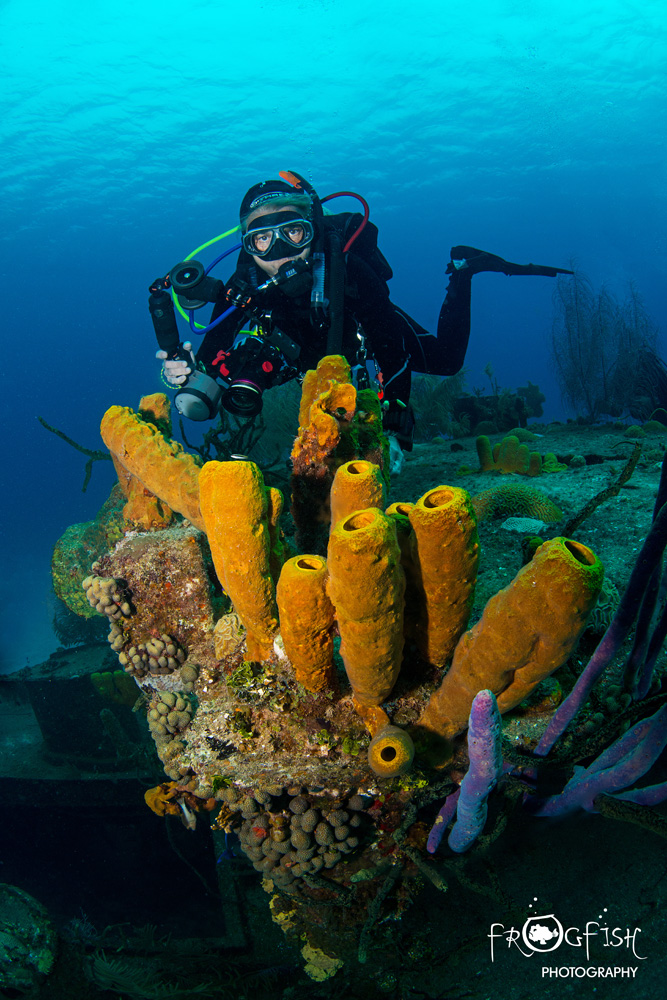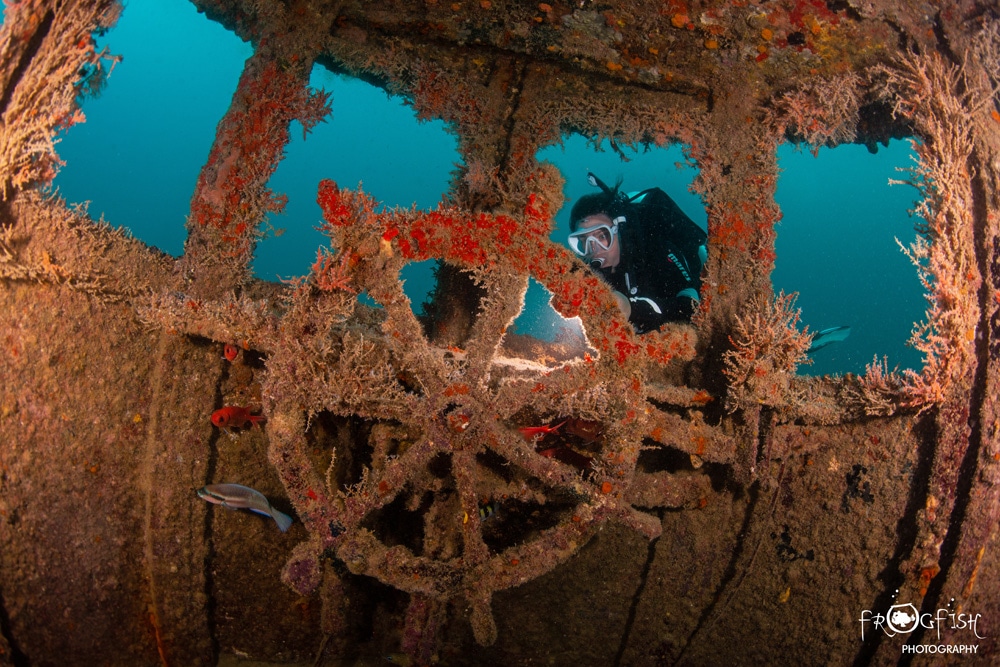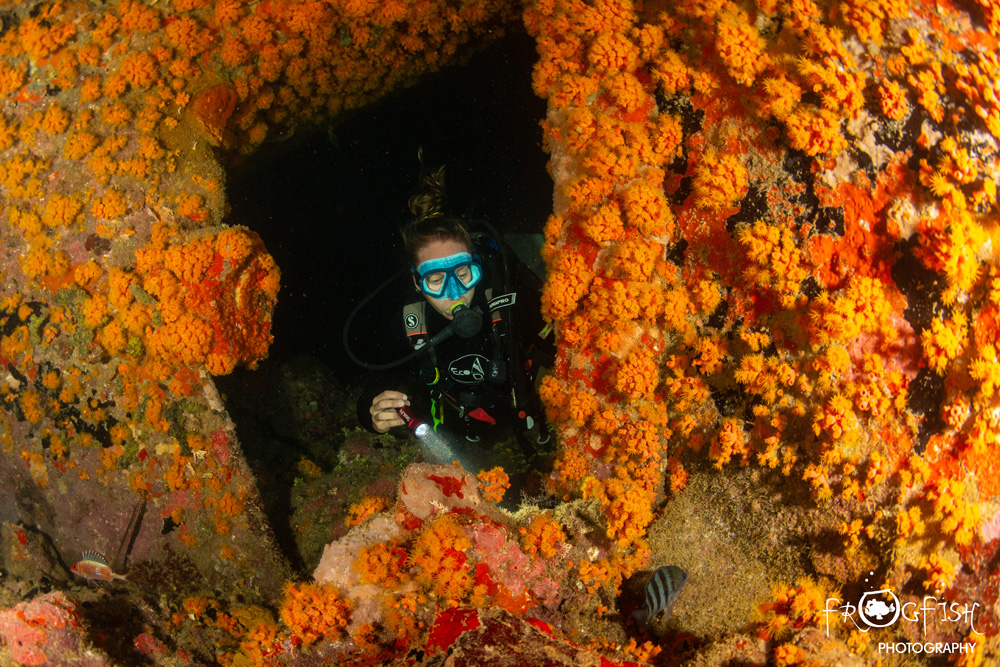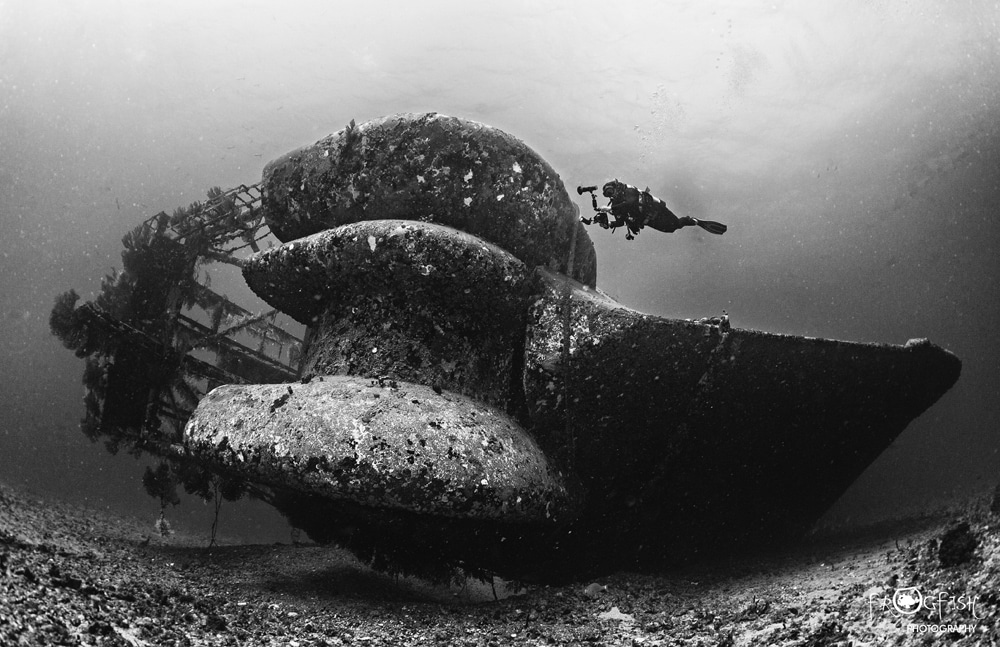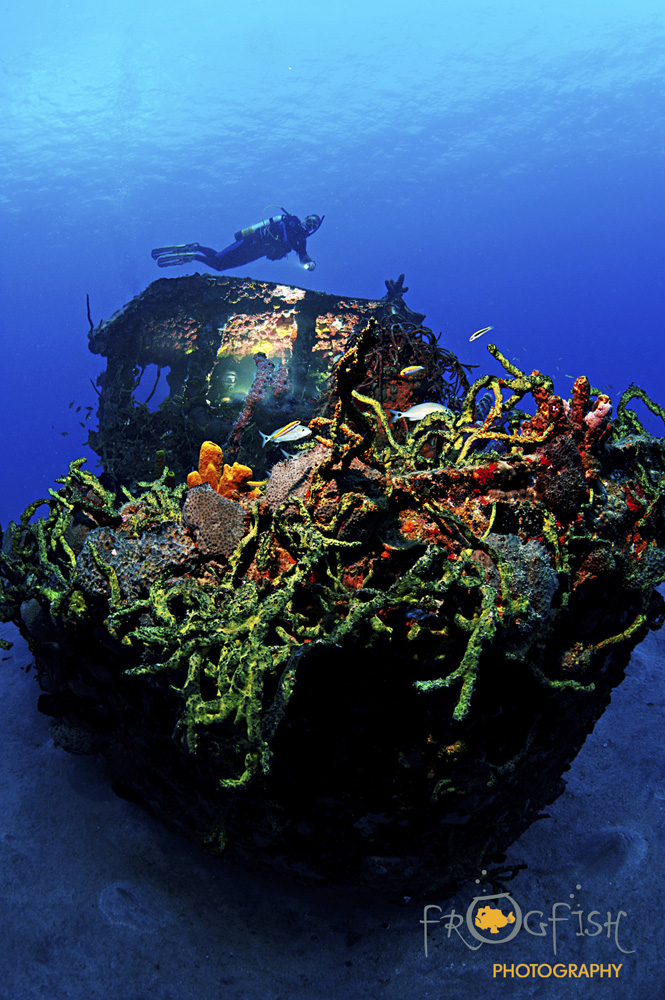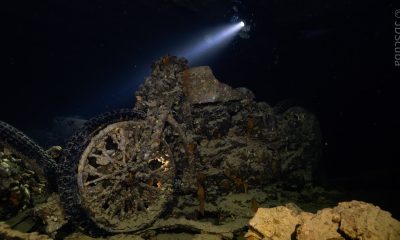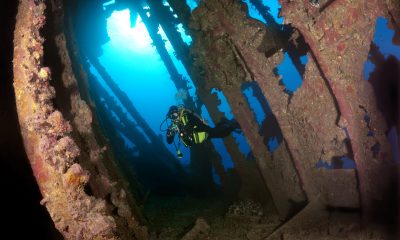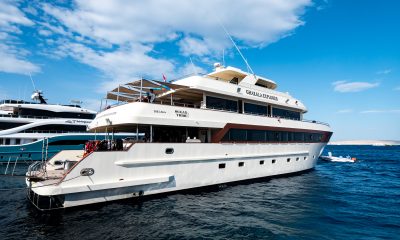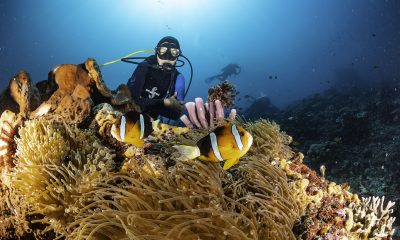News
Top 5 Caribbean Wreck Diving Destinations
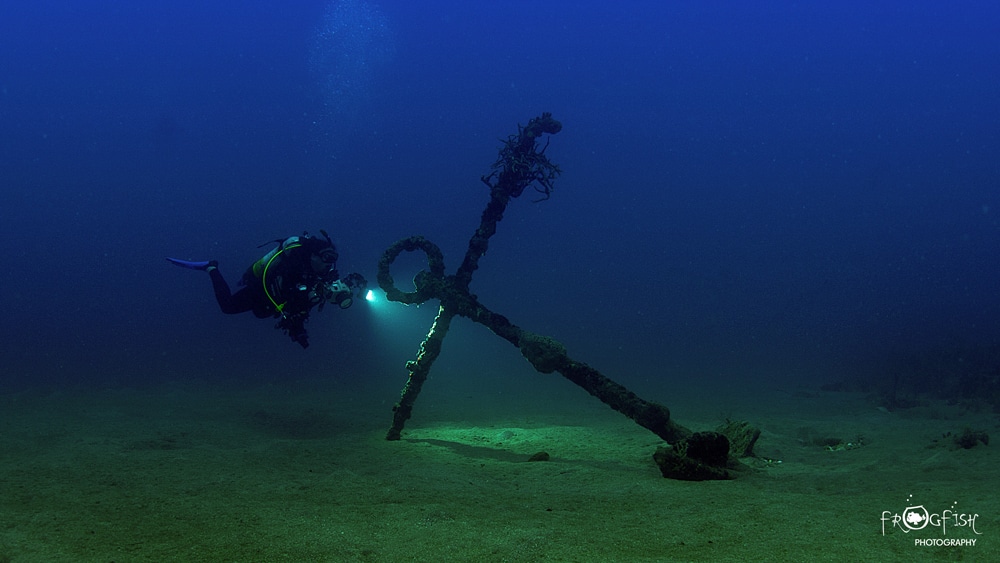
Love wreck diving? Love diving in clear blue warm water? Then here are our top 5 wreck diving destinations in the Caribbean.
The Bahamas
Want to combine some wreck diving with seeing sharks up close? Then The Bahamas is the destination for you. The islands have both ancient and modern ship wrecks to explore on most of the islands. Some sunk for filming movies, some sunk to make artificial reefs, even a crashed plane in water shallow enough to snorkel.
- Big Crab
- Caribbean Reef Shark on the wreck of the Ray of Hope
Stuart Cove’s Dive Bahamas offer shark dives on two different wrecks that offer underwater photographers & divers to enjoy the best of both shark diving and wreck diving (and you can even do this at night!).
Still on our Bahamian Wreck Diving wish list is the SS Sapona off Bimini – a large wreck that lies part submerged which offers some amazing split-shot opportunities.
Barbados
The island of Barbados is popular with divers and snorkelers alike. Amazing beaches, great food and a friendly welcome are what you should expect. But it is below the waves that makes this island stand out from the crowd. Probably the most famous wreck of Barbados is the Stavronikita, a huge and fairly deep wreck that takes several dives to fully explore. Its structure is now covered in coral growth and plenty of marine life has made this artificial reef its home.
- Diver inside the Bajan Queen
- Diver on the Stavronikita
But our favourite wreck diving location on the island has to be Carlisle Bay, where several wreck have been sunk in a rough circle for both divers and snorkelers to explore. Turtles are plentiful in the bay and if you drift off the wrecks and onto the reefs you are sure to spot seahorses too. The wreck of the Bajan Queen offers divers the chance to explore inside a wreck, in shallow water, which is a real highlight. Carlisle Bay also makes a great night dive!
Cayman Islands
The most famous wreck in the Cayman Islands has to be the Kittiwake. This wreck used to stand upright but a powerful storm has since knocked it on its side. It is a big ship, sunk deliberately to make an artificial reef on a sandy seabed. It can take several dives to fully explore both the outside and inside the wreck. It is always an impressive dive.
- USS Kittiwake
- Diver on the Doc Poulson
However, sometimes it is the smaller wrecks like the Doc Poulson that can make for a magical dive, simply because of the abundant marine life that call this wreck home. Huge sponges adorn the bow and large green morays and lobster can be found in every crevice.
Grenada
Grenada is probably most famous for the wreck of the Bianca C. It also boasts being the wreck diving capital of the Caribbean, with a host of wrecks suitable for beginners right up to technical divers. Divers with a lust for rust flock here each year to spend their time underwater exploring the wrecks on offer. Our favourite wrecks included a small tug boat off Carriacou, with a perfect little wheel. The wreck was perfect for taking shot both into and out of the wheelhouse.
- Diver outside the tug boar off Carriacou
- Night dive on the Veronica L
Off the main island of Grenada, our favourite wreck was actually the Veronica L. In the daytime the wreck was covered in schools of bright fish, sometimes so dense it was hard to see the structure of the ship. At night it is even more impressive, as the orange cup corals that cover one side come out and glow under torch light. Octopus and crustaceans came out to hunt. We could have done this dive every day and been happy.
St Eustatius
The island of St Eustatius, or Statia as it is locally known, sits between St Kitts and Saba. You might not have heard of it, but if you love Caribbean wreck diving then you should add it to your wish list. The diving is great and unhurried on this quiet island where you may only a couple of dive boats operate.
The biggest wreck is the Charlie Brown. This wreck is very dear to our hearts as we were part of the team that sank it when we lived and worked on the island. She lies in 30m of water and can be explored both inside and out.
- Diver on the wreck of the Charlie Brown
- STENAPA tug boat covered in coral and sponges
A series of wrecks has also been sunk near to the harbour area. These were sunk as artificial reefs, initially to encourage fish into the area to help out the local fishermen, who are not allowed to fish in the marine park that surrounds the rest of the island. However, over time, these wreck also became stunning dives. At night huge sea turtles come to sleep here and make this a very special dive indeed.
There are even ancient wrecks to explore, with most of the structure now covered in coral and only the anchors remaining. Treasure is still found on these dives, but you cannot take it home with you – unless you are lucky enough to find a blue bead.
Our plan for 2021 is to visit the British Virgin Islands, as we hear this is a great destination for wreck diving too – watch this space…
Gear News
Scubapro Free Octopus Promotion 2024
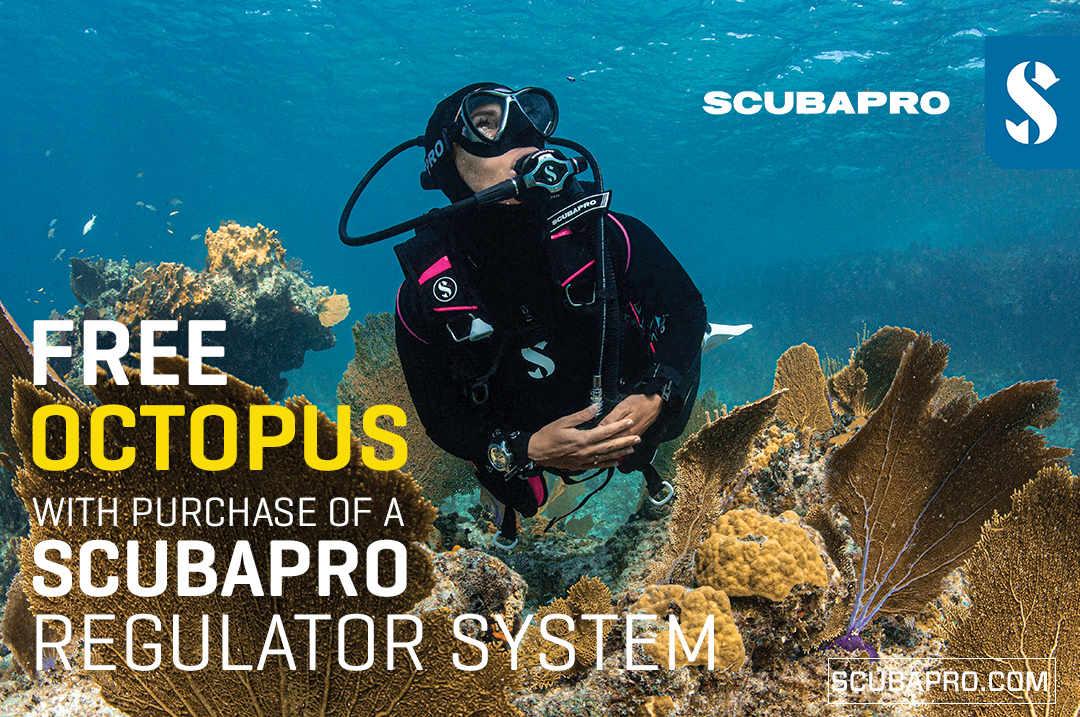
Free Octopus with every purchase of a SCUBAPRO regulator system
Just in time for the spring season, divers can save money with the FREE OCTOPUS SPRING PROMOTION! Until July 31st SCUBAPRO offers an Octopus for free
with every purchase of a regulator system!
Get a free S270 OCTOPUS with purchase of these combinations:
MK25 EVO or MK19 EVO with A700
MK25 EVO or MK19 EVO with S620Ti
MK25 EVO or MK19 EVO with D420
MK25 EVO Din mit S620Ti-X
Get a free R105 OCTOPUS with purchase of the following combinations:
MK25 EVO or MK19 EVO with G260
MK25 EVO or MK17 EVO with S600
SCUBAPRO offers a 30-year first owner warranty on all regulators, with a revision period of two years or 100 dives. All SCUBAPRO regulators are of course certified according to the new European test standard EN250-2014.
Available at participating SCUBAPRO dealers. Promotion may not be available in all regions. Find an authorized SCUBAPRO Dealer at scubapro.com.
More information available on www.scubapro.com.
Blogs
Northern Red Sea Reefs and Wrecks Trip Report, Part 3: The Mighty Thistlegorm
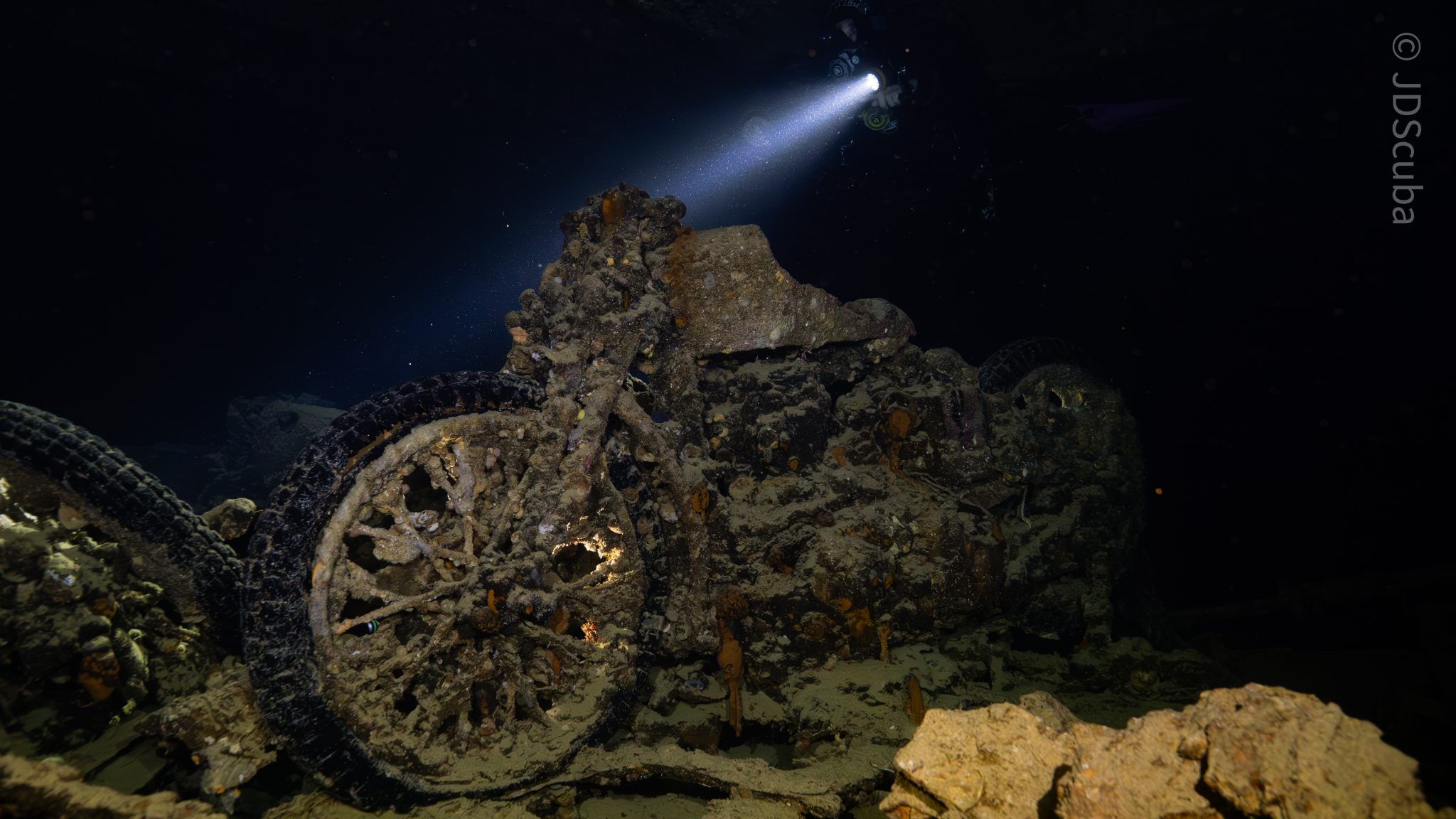
Jake Davies boards Ghazala Explorer for an unforgettable Red Sea diving experience…
Overnight, the wind picked up, making the planned morning dive a bit bumpy on the Zodiacs to the drop point on Thomas Reef. There, we would dive along the reef before descending through the canyon and then passing under the arch before ascending the wall with a gentle drift. The site provided great encounters with more pelagic species, including shoals of large barracuda, tuna, and bigeye trevally.
Once back on the boat, it was time to get everything tied down again as we would head back south. This time, with the wind behind us, heading to Ras Mohammed to dive Jackfish Alley for another great gentle drift wall dive before then heading up the coast towards the Gulf of Suez to moor up at the wreck of the Thistlegorm. This being the highlight wreck dive of the trip and for many onboard, including myself, it was the first time diving this iconic wreck. I had heard so much about the wreck from friends, and globally, this is a must on any diver’s list. Fortunately for us, there was only one other boat at the site, which was a rarity. A great briefing was delivered by Ahmed, who provided a detailed background about the wreck’s history along with all the required safety information as the currents and visibility at the site can be variable.
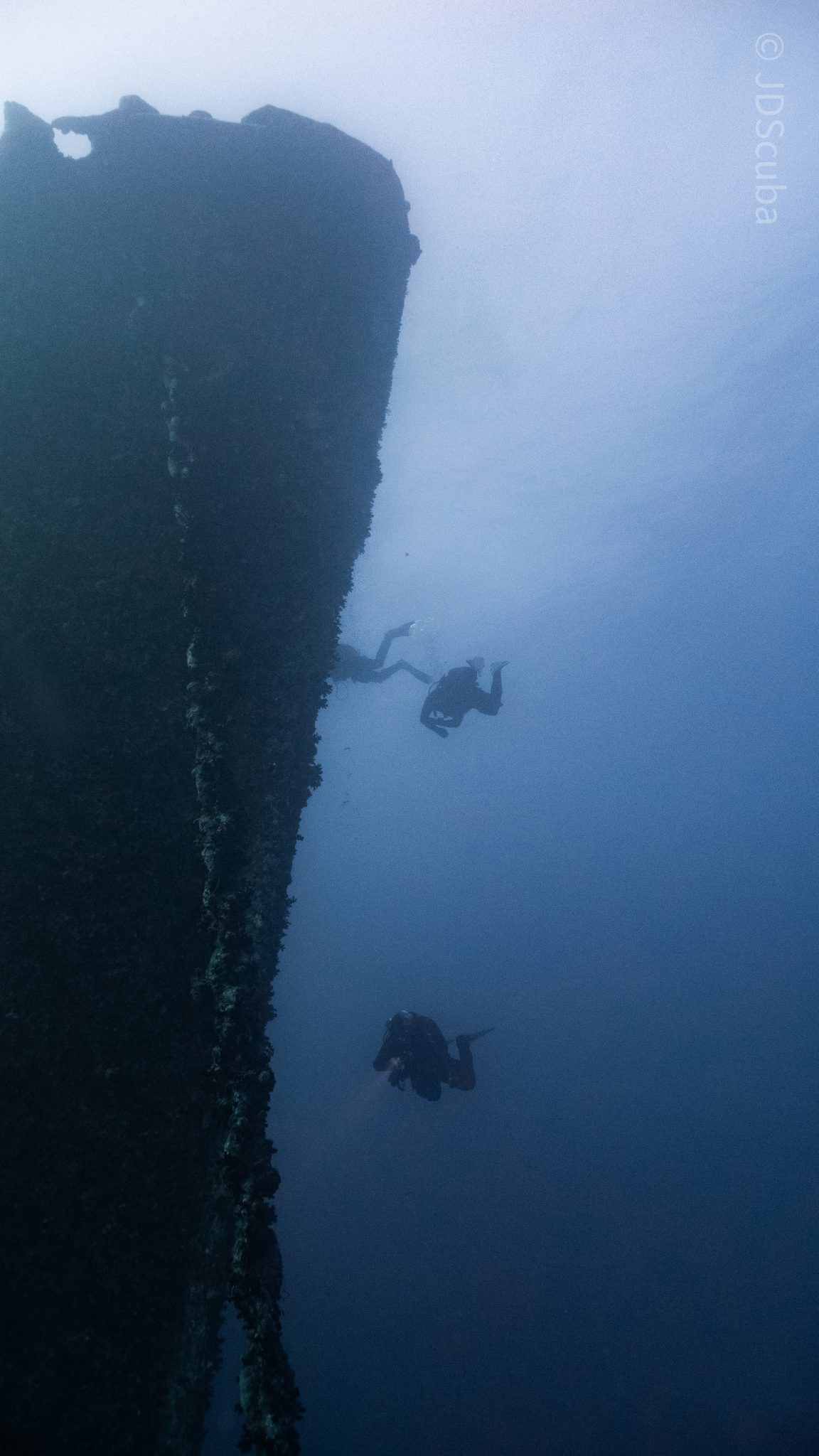
Kitting up, there was a lot of excitement on deck before entering the water and heading down the shoreline. Descending to the wreck, there was a light northerly current which reduced the visibility, making it feel more like the conditions that can be found off the Welsh coast. At 10m from the bottom, the outline of the wreck appeared as we reached the area of the wreck which had been bombed, as our mooring line was attached to part of the propeller shaft. Arriving on deck, instantly everywhere you looked there were many of the supplies which the ship was carrying, including Bren Carrier tanks and projectiles that instantly stood out.
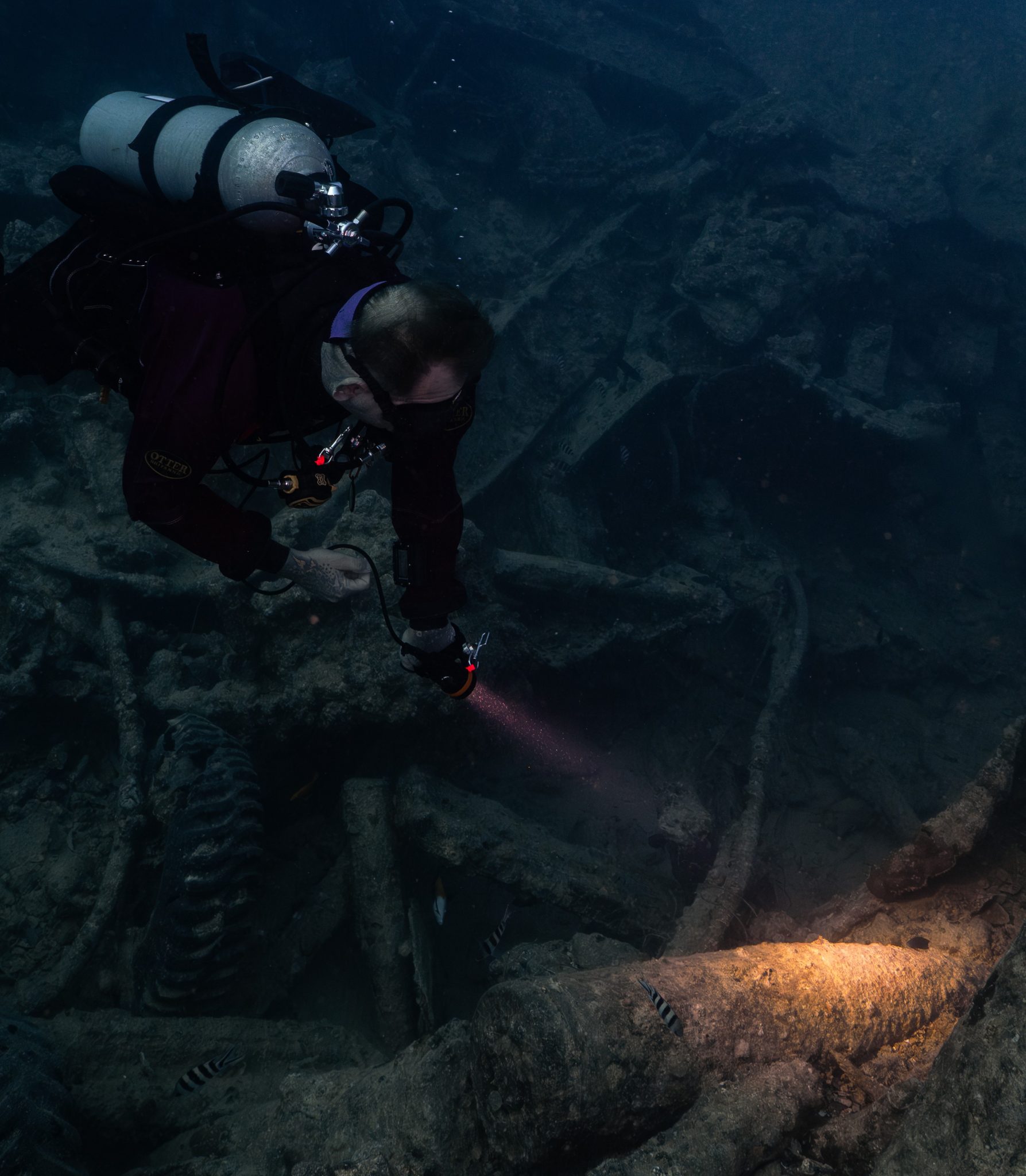
We headed around the exterior, taking a look at the large propeller and guns mounted on deck before entering the wreck on the port side to take a look in the holds. It was incredible to see all the trucks, Norton 16H, and BSA motorcycles still perfectly stacked within, providing a real snapshot in time.
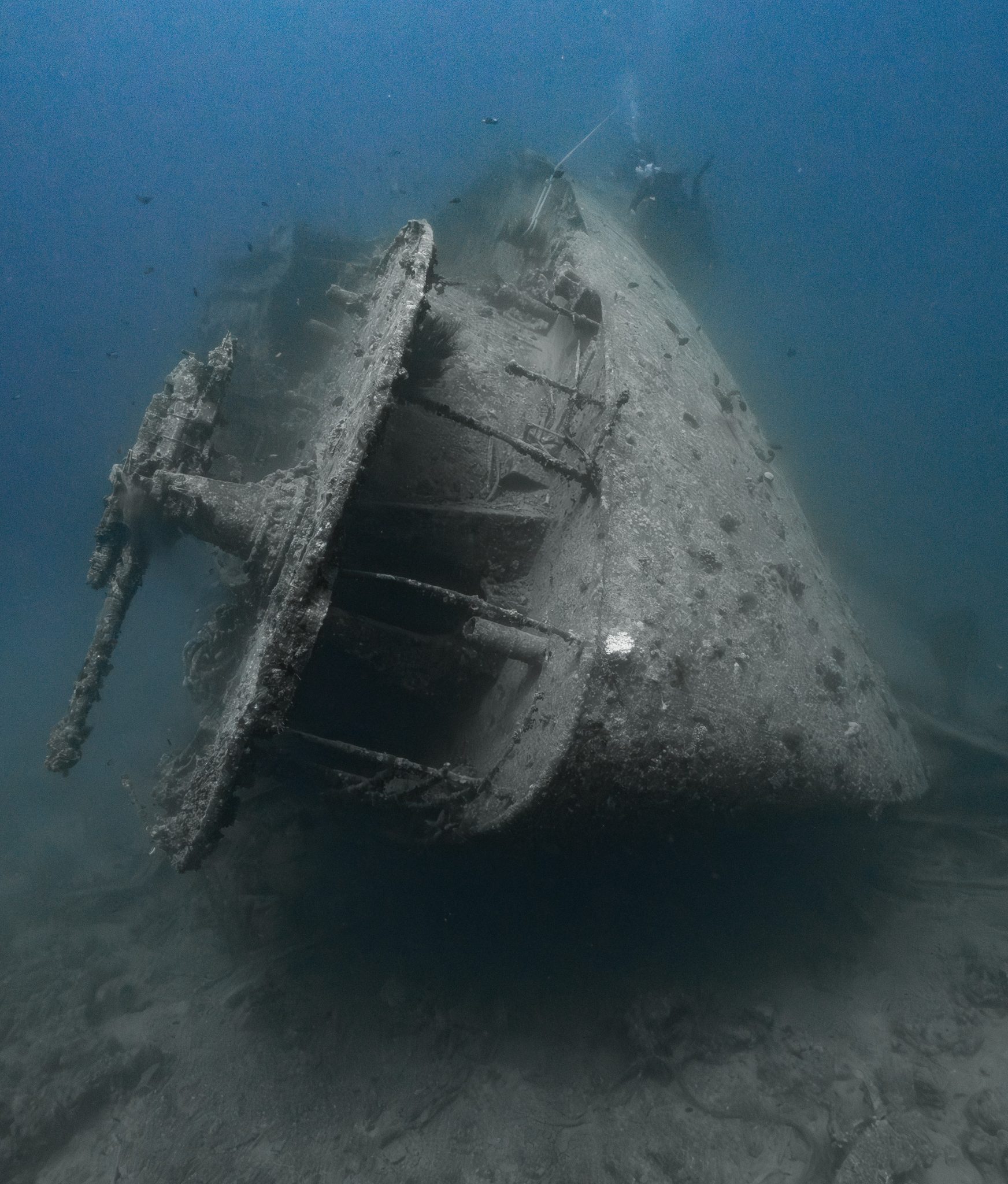
Overall, we had four dives on the Thistlegorm, where for all of the dives we were the only group in the water, and at times, there were just three of us on the whole wreck, which made it even more special, especially knowing that most days the wreck has hundreds of divers. Along with the history of the wreck, there was plenty of marine life on the wreck and around, from big green turtles to batfish, along with shoals of mackerel being hunted by trevally. Some unforgettable dives.
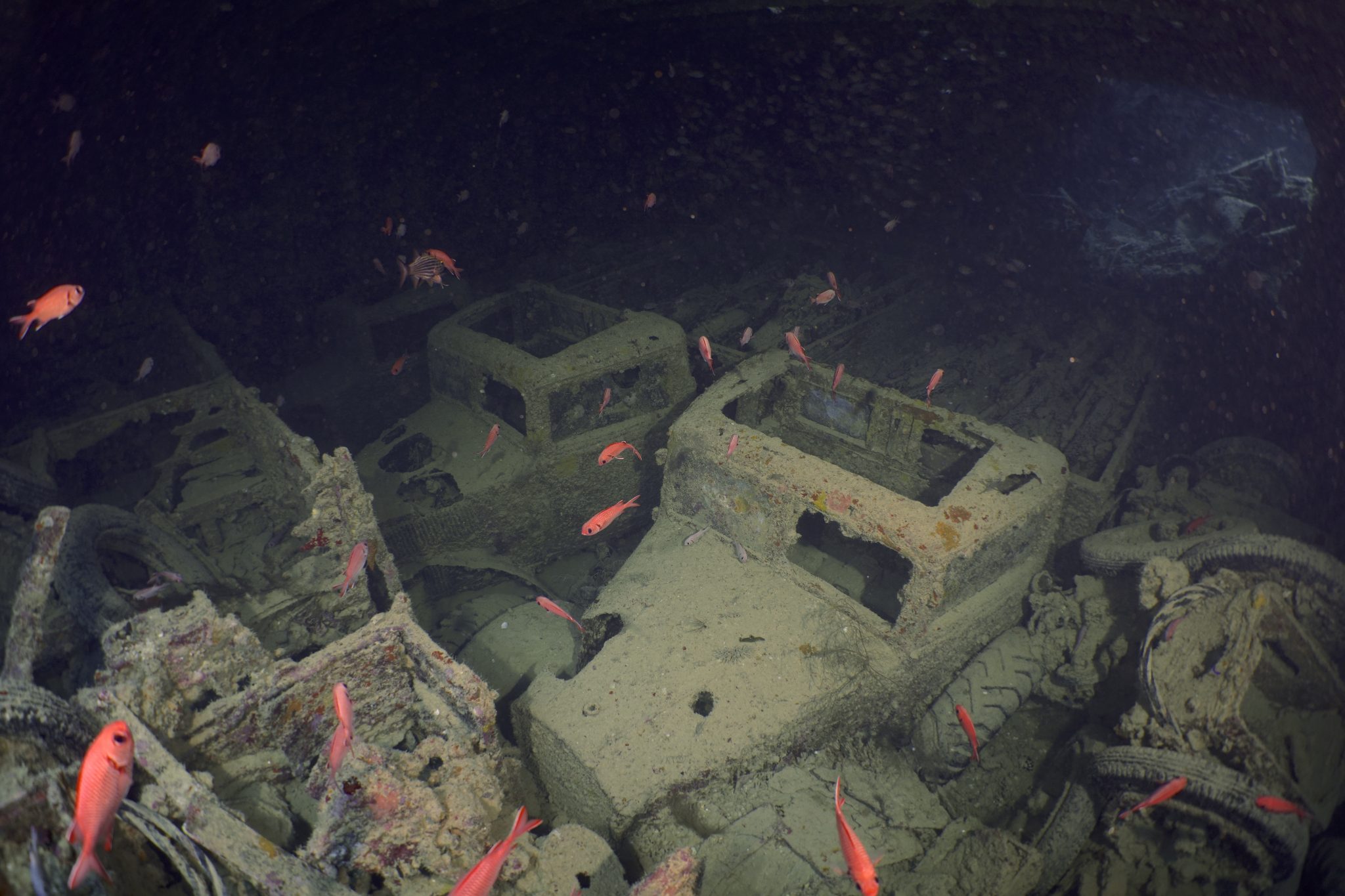
The final leg of the trip saw us cross back over the Suez Canal to the Gobal Islands where we planned to stay the night and do three dives at the Dolphin House for the potential of sharing the dive with dolphins. The site, which included a channel that was teeming with reef fish, especially large numbers of goatfish that swam in large shoals along the edge of the reef. These were nice relaxing dives to end the week. Unfortunately, the dolphins didn’t show up, which was okay as like all marine life they are difficult to predict and you can’t guarantee what’s going to be seen. With the last dive complete, we headed back to port for the final night where it was time to clean all the kit and pack before the departure flight the next day.
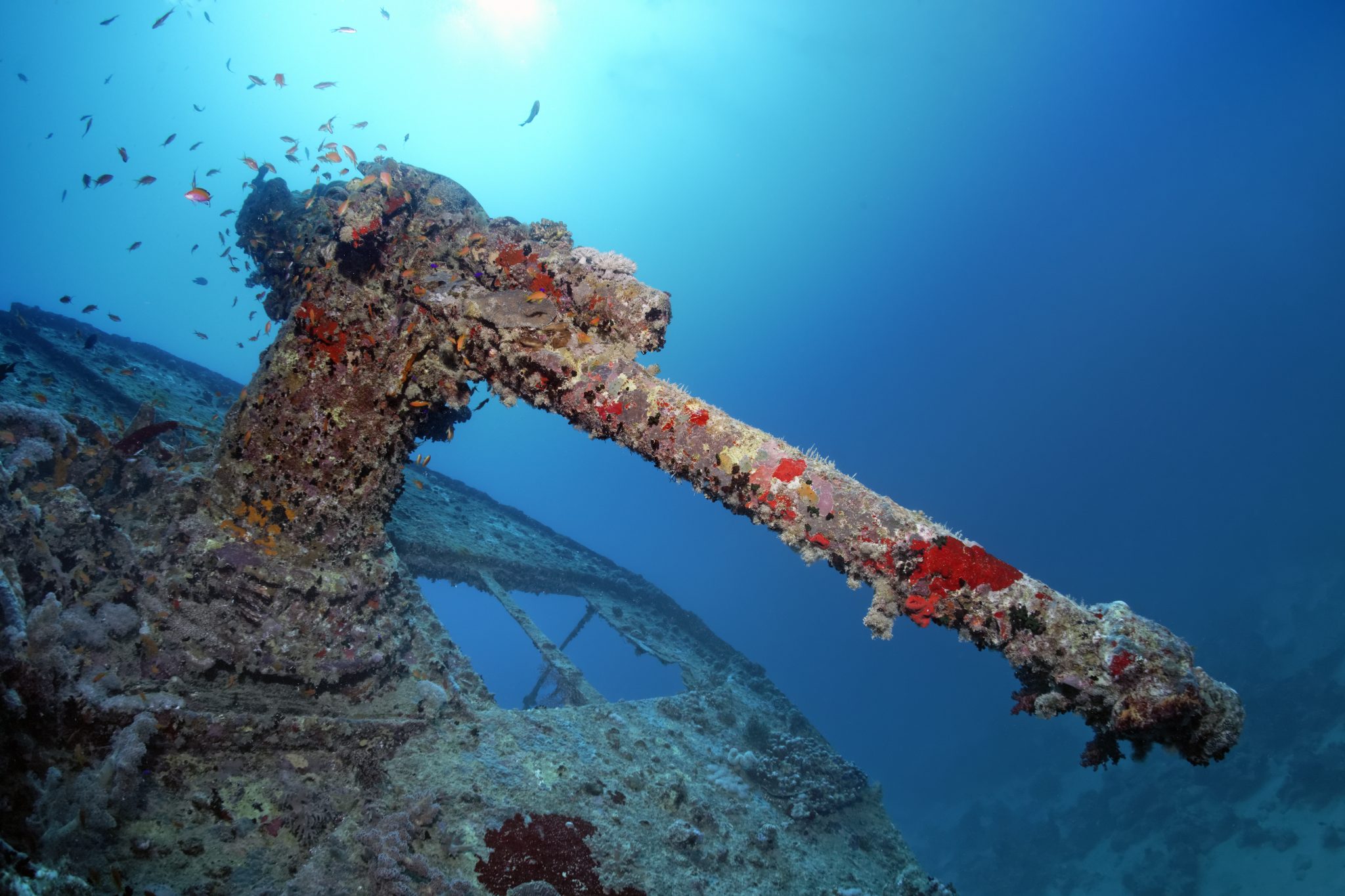
The whole week from start to finish on Ghazala Explorer was amazing; the boat had all the facilities you need for a comfortable week aboard. The crew were always there to help throughout the day and the chefs providing top quality food which was required after every dive. The itinerary providing some of the best diving with a nice mixture of wreck and reef dives. I would recommend the trip to anyone, whether it’s your first Red Sea liveaboard in the Red Sea or you’re revisiting. Hopefully, it’s not too long before I head back to explore more of the Red Sea onboard Ghazala Explorer.
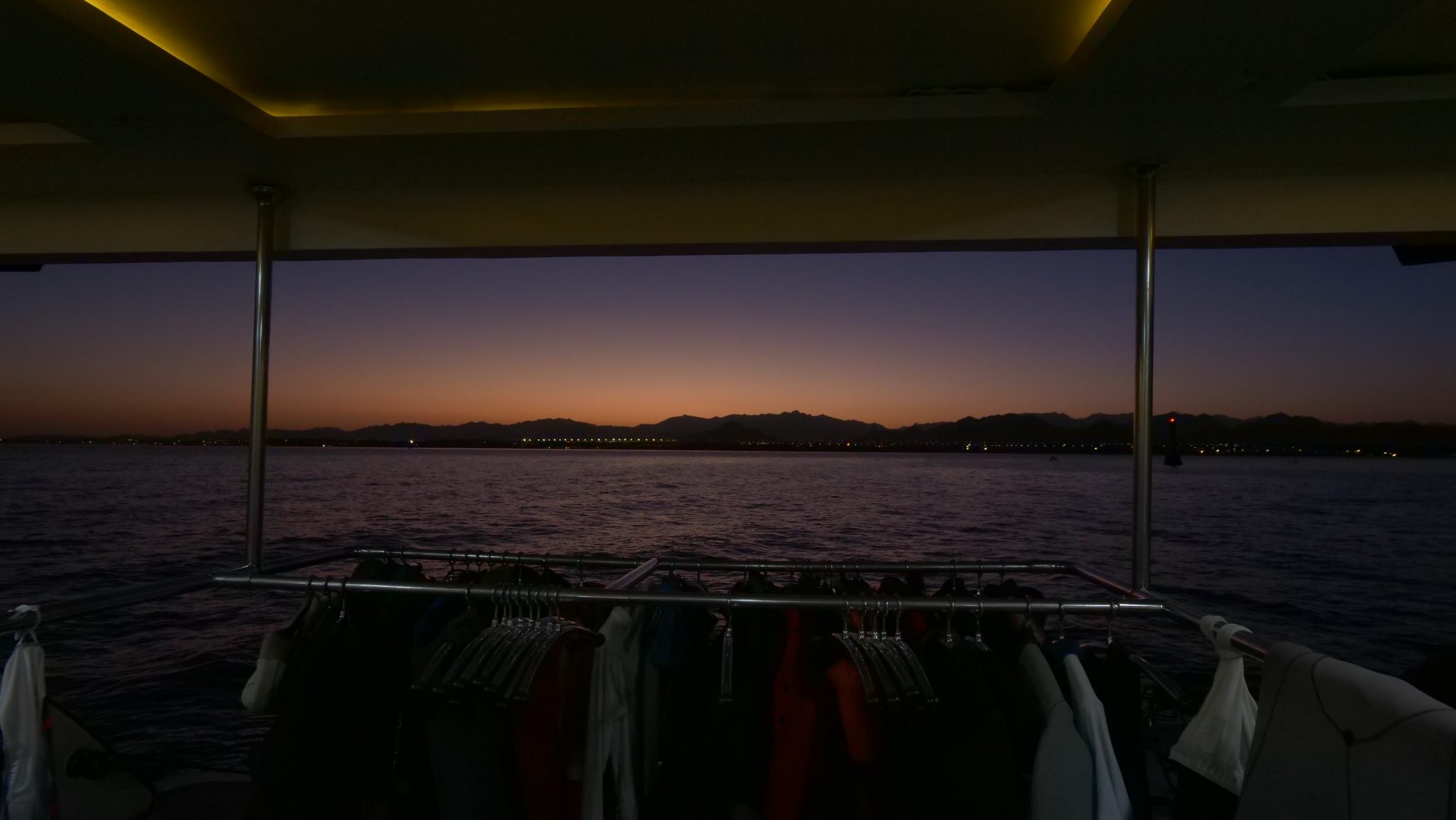
To find out more about the Northern Red Sea reef and wrecks itineraries aboard Ghazala Explorer, or to book, contact Scuba Travel now:
Email: dive@scubatravel.com
Tel: +44 (0)1483 411590
Photos: Jake Davies / Avalon.Red
-
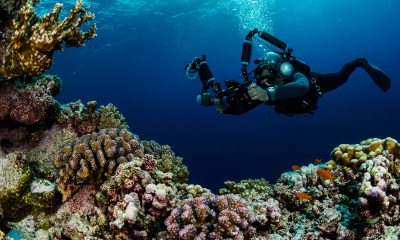
 News3 months ago
News3 months agoHone your underwater photography skills with Alphamarine Photography at Red Sea Diving Safari in March
-
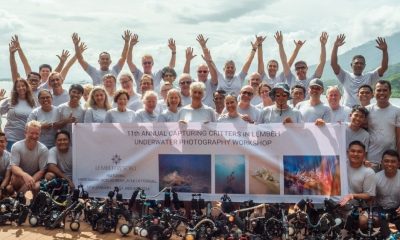
 News3 months ago
News3 months agoCapturing Critters in Lembeh Underwater Photography Workshop 2024: Event Roundup
-
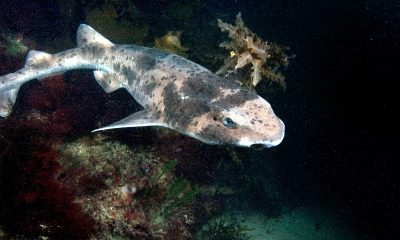
 Marine Life & Conservation Blogs2 months ago
Marine Life & Conservation Blogs2 months agoCreature Feature: Swell Sharks
-
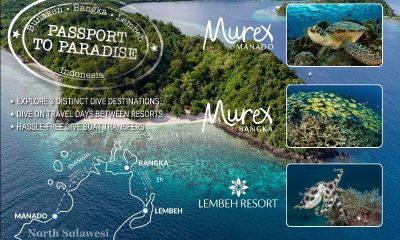
 Blogs2 months ago
Blogs2 months agoMurex Resorts: Passport to Paradise!
-
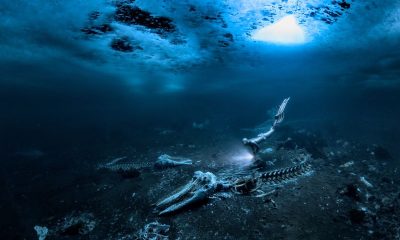
 Blogs2 months ago
Blogs2 months agoDiver Discovering Whale Skeletons Beneath Ice Judged World’s Best Underwater Photograph
-
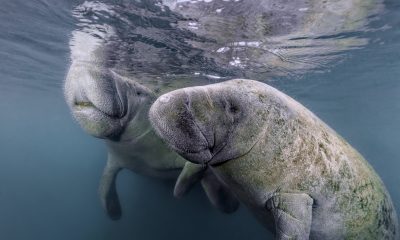
 Marine Life & Conservation2 months ago
Marine Life & Conservation2 months agoSave the Manatee Club launches brand new webcams at Silver Springs State Park, Florida
-

 Gear Reviews3 months ago
Gear Reviews3 months agoGear Review: Oceanic+ Dive Housing for iPhone
-
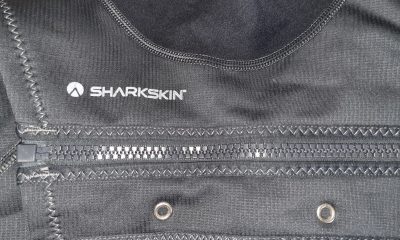
 Gear Reviews2 weeks ago
Gear Reviews2 weeks agoGEAR REVIEW – Revolutionising Diving Comfort: The Sharkskin T2 Chillproof Suit


